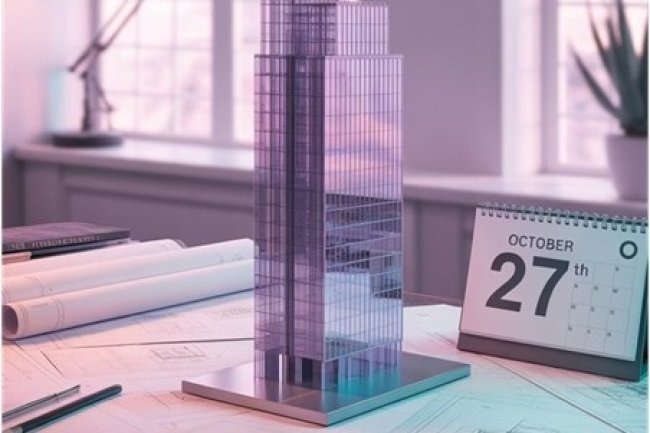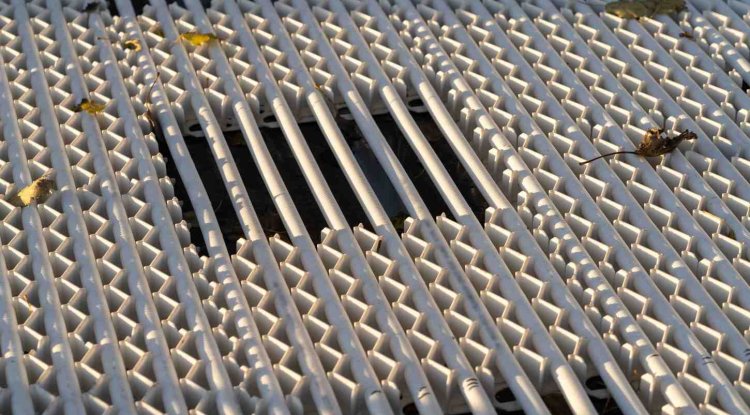Algorithm-Driven Structural Design: The Future of Parametric Load Optimization
Ever looked at an incredible modern building and wondered, "How did they even build that?" Well, I've been diving deep into the world where mathematics meets architecture, and I can't wait to share what I've discovered. Join me on this journey through the fascinating realm of parametric design4where algorithms are creating the breathtaking structures of tomorrow.

Ever Wondered Why Some Buildings Just "Wow" You?
Ever Wondered Why Some Buildings Just "Wow" You?
|
|
What Really Is Parametric Design?
-
1. Rule-Based Creation
→ Set up rules and relationships in a computer
→ Example: “If this wall curves, adjust connected parts automatically”
→ The computer generates many design options based on these rules -
2. Instant Adaptation
→ Change one thing (like a window size or roof angle)
→ The entire design updates automatically in real-time
→ No need to redraw everything from scratch -
3. Form Meets Function
→ Balances beauty with function
→ Those cool shapes? They’re mathematically optimized for strength, wind, weather, etc.
Think of it like using smart building blocks that adjust themselves when you tweak just one piece.
Algorithms: The Brains Behind the Beauty
|
Let's get a bit nerdy (in the best way possible). Algorithms are essentially digital recipes that tell the computer exactly how to mix elements like shape, size, and structure.
|
|
From Concept to Construction: Real-World Examples
Let’s get concrete (pun intended) with some examples you might recognize:
-
Iconic Landmarks: Beijing's Bird's Nest stadium and Baku's Heydar Aliyev Center showcase how parametric tools can create seemingly impossible structures that are both beautiful and stable.
-
Sustainable Structures: Mass timber buildings now use these tools to balance aesthetics, structural requirements, and sustainable materials — optimizing for both planet and people.
-
Everyday Efficiency: Even "simple" changes — like adjusting a window placement — ripple through the entire design in seconds, saving countless hours of manual redrafting.
What's Next? The Sky's the Limit
|
|
The future of parametric design has me genuinely excited. As computing power increases and software becomes more accessible, we're seeing some incredible possibilities emerge:
|
Takeaway: Design Smarter, Not Harder
|
After exploring this fascinating world, here's what I've realized:
The future of architecture is flexible, dynamic, and endlessly creative — powered by a few clever algorithms and a whole lot of human curiosity. So next time you see a building that makes you stop and stare, remember: |
|
What's Your Reaction?




















